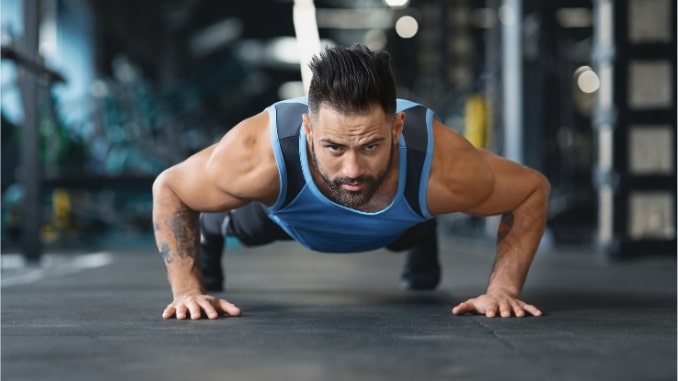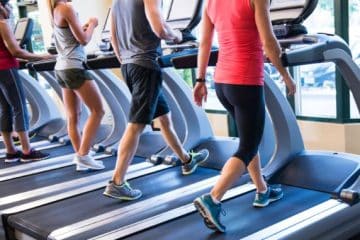Have you ever wondered how your bodyweight strength measures and if reaching those standards could take your fitness to new heights? Indeed! Bodyweight strength standards serve as a valuable yardstick in the fitness world, offering individuals a practical means of gauging their relative strength and setting achievable goals. Unlike traditional measures of lifting heavy weights, bodyweight standards emphasize the power of controlling one's body mass through exercises like push-ups, pull-ups, back squat exercises, squats, and planks. This approach not only reflects the functional aspect of strength but also accommodates a wide range of fitness levels.
The Importance of Bodyweight Strength Standards

It's important to note that bodyweight strength standards are just one tool among many for assessing fitness. They provide a useful framework for evaluating how much weight your body can resist. Evaluating standards for bodyweight strength holds various important roles within the realm of fitness and strength training:
1. Goal Setting
Bodyweight strength standards provide individuals with clear benchmarks to aim for. Having specific goals can be motivating and help you stay focused on your training, leading to greater consistency and progress. “Athletes often use their one-rep max as a reference point to design their training programs and track their strength gains over time.”
2. Progress Tracking
Regularly assessing your bodyweight strength helps you track your progress over time. You can see how your strength levels have improved, which can boost your confidence and provide a sense of achievement. Athletes often use their one-rep max as a reference point to design their training programs and track their strength gains over time.
3. Training Adjustment
Knowing where you stand concerning bodyweight strength standards can guide your training program. If you fall below the standards for a particular exercise, you can focus on improving in that area. Conversely, if you surpass the standards, you may challenge yourself further by increasing the difficulty of the exercises.
4. Performance Evaluation

Bodyweight strength standards can be a quick and straightforward way to evaluate your overall fitness. They assess your ability to move your body weight, a fundamental aspect of functional strength.
5. Motivation and Accountability
Setting and striving for specific standards can keep you motivated and accountable in your fitness journey. It can be satisfying to reach and surpass these standards, which can encourage you to continue and increase your training efforts to avoid diminishing returns.
6. Customization
Evaluating your physical strength relative to your body weight enables you to customize your workout regimen in alignment with your specific requirements and objectives. You can target to improve your upper body strength and prioritize exercises to address them.
7. Injury Prevention
Achieving bodyweight strength standards requires a balanced approach to training, which can help prevent imbalances and reduce the risk of injury. It allows you to safely lift against resistance by using body weight.
Bodyweight Strength Standards for Various Exercises
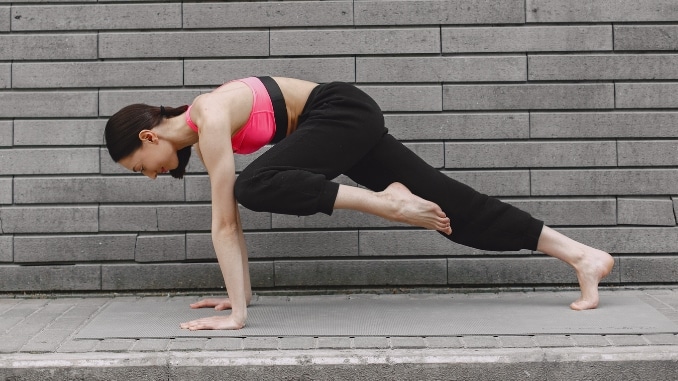
Bodyweight strength standards provide a comprehensive assessment of an individual's functional fitness across various exercises. Regarding bench press exercises or push-ups, these standards range from the basic ability to perform a few repetitions for an average guy to achieving more than 20 or even 30 consecutive reps for advanced athletes.
Planks, on the other hand, test one's core endurance and stability. Beginners may aim for holding a plank for 30 seconds, while advanced fitness enthusiasts often target over 2 minutes of continuous plank time.
In squats, the standards focus on your ability to control and lift your body weight. Beginners may aim to perform bodyweight squats with proper form, while more advanced goals may involve pistol squats or squatting with added weight.
By incorporating these standards into your fitness routine, you can track your progress and work toward achieving an elite level of functional strength and endurance.
Bodyweight Exercises to Help Raise Your Bodyweight Strength
Warm-up:
1. Shoulder Rolls
Begin in an upright standing position with your feet shoulder-width apart, maintaining good alignment with your head, shoulders, hips, and legs. Place your hands at your sides. Engage your core. Shift your shoulders forward, then roll them up and back until you feel resistance in your shoulder blades. Relax and repeat the movement in the opposite direction. Complete 10 repetitions
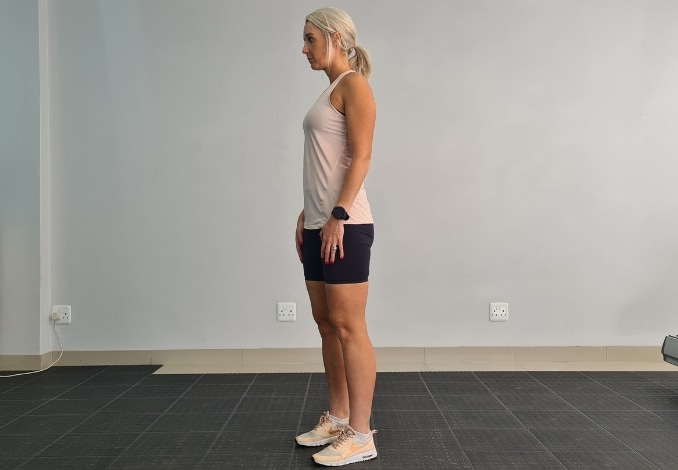 |
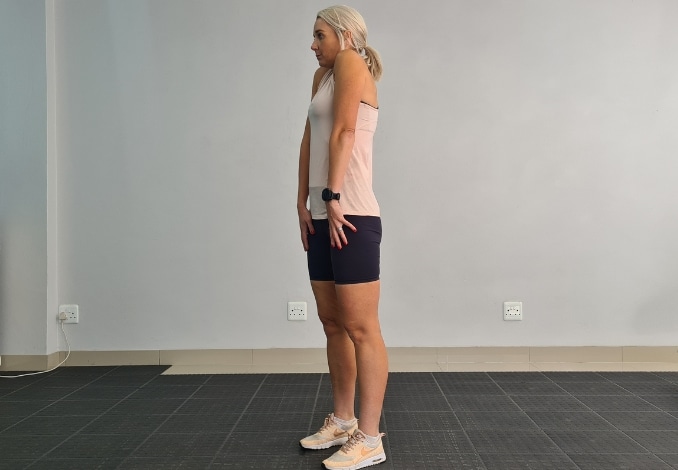 |
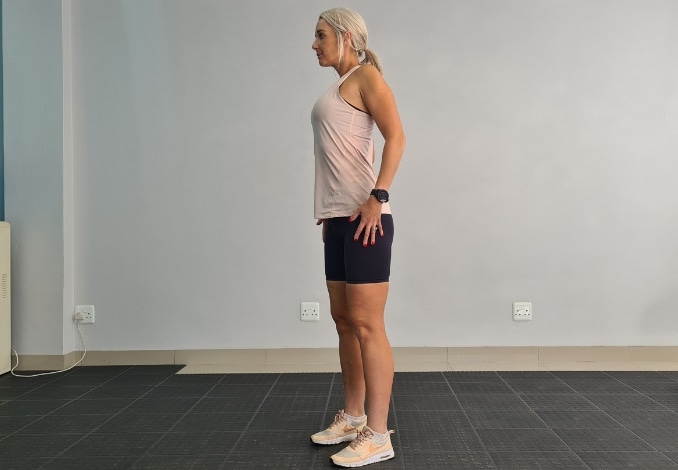 |
2. Arm Raises
Begin in an upright standing position with your feet shoulder-width apart, maintaining good alignment with your head, shoulders, hips, and legs. Place your arms at your sides. Engage your core and raise both arms overhead. Lower your arms to the starting position. Complete 10 repetitions.
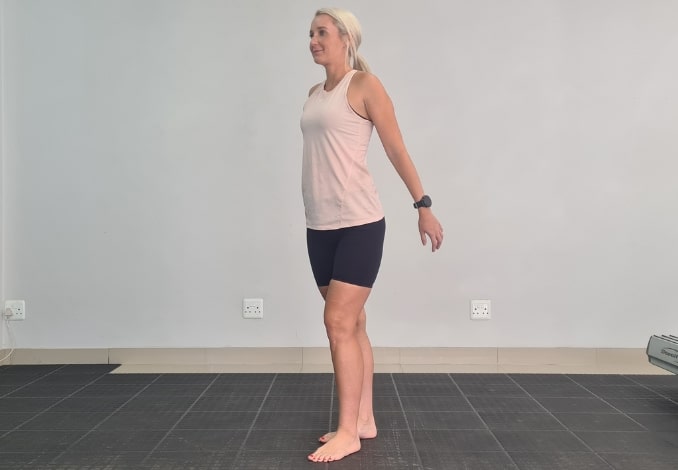 |
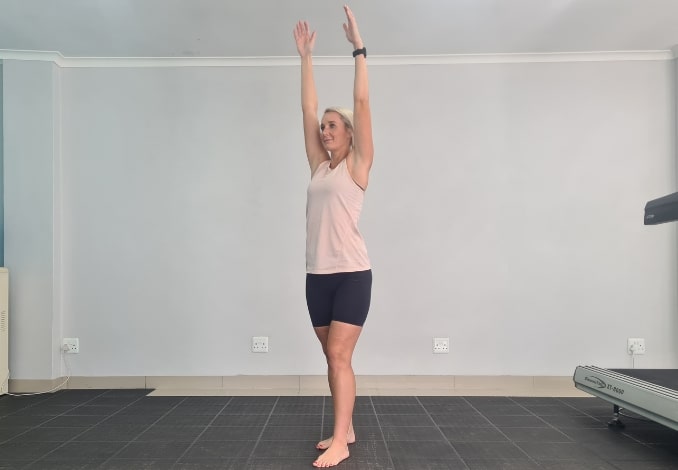 |
3. Standing Twists
Begin in an upright standing position with your feet shoulder-width apart, maintaining good alignment with your head, shoulders, hips, and legs. Bend your elbows and bring your hands on top of your shoulders. Engage your core and twist your upper body to one side, keeping your hips locked in the forward position. Return to the starting position and repeat the movement on the opposite side. Complete 10 repetitions.
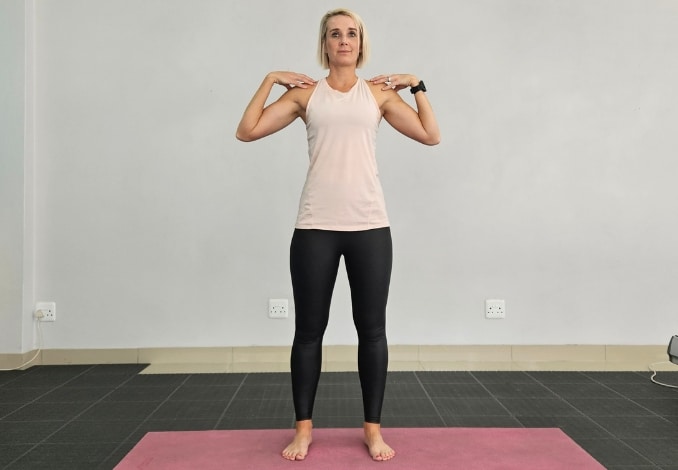 |
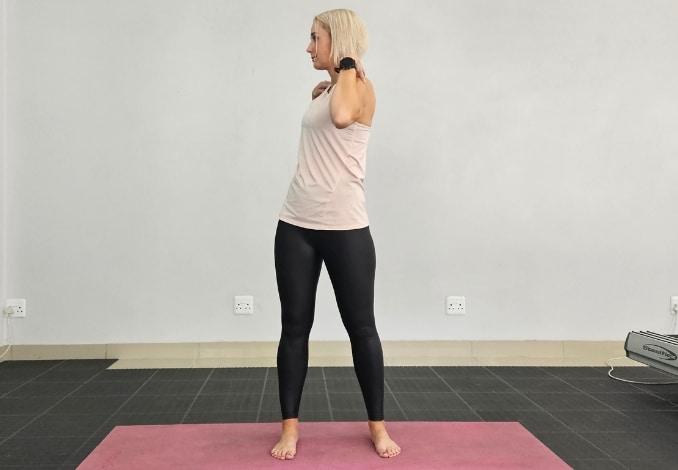 |
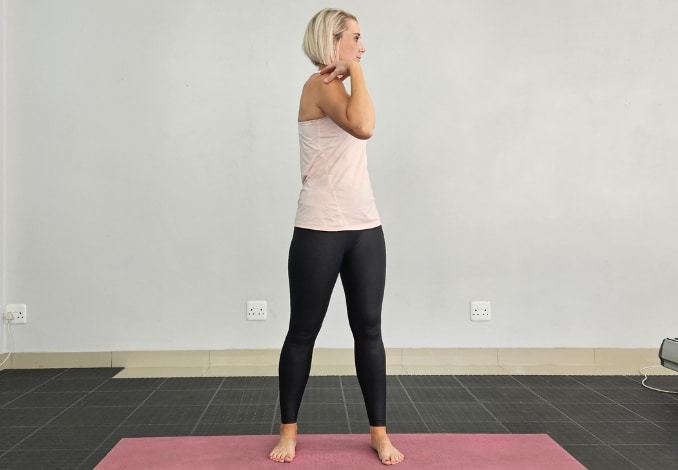 |
4. Semi Squat
Begin in an upright standing position with your feet wider than shoulder-width apart, maintaining good alignment with your head, shoulders, hips, and legs. Bring your hands together in front of your body and tighten your abdominal muscles. Bend your knees and hinge through your hips to lower your seat into a semi-squat position, keeping your knees behind your toes. Raise back up to an upright standing position, squeezing your glutes at the top position. Repeat the movement. Complete 10 repetitions.
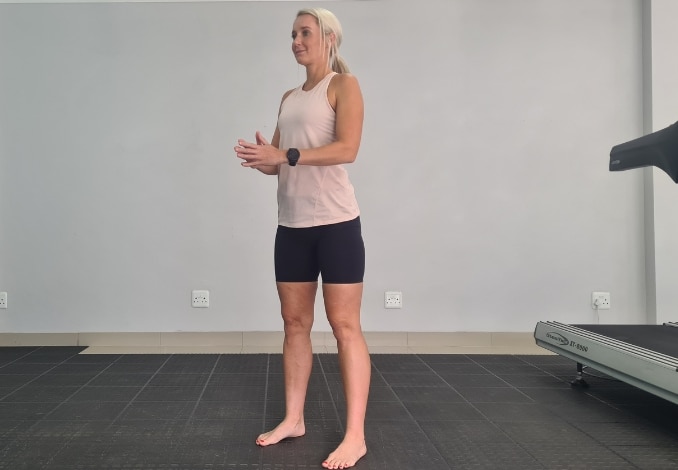 |
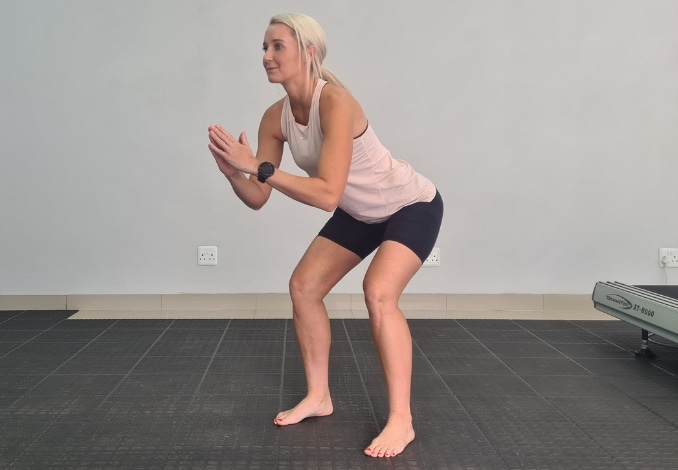 |
Routines:
1. Lateral Leg Lift with Chair
For this exercise, place one hand against the wall or on the back of a chair for balance if needed.
Begin in an upright standing position with your legs hip-width apart, maintaining good alignment with your head, shoulders, hips, and legs. Hold on to the back of the chair with one hand as you bring your other hand on your hip. Engage your core and lift one leg out to the side, ideally to a 30 to 45-degree angle. Keep your toes pointing forward. Lower your leg to the starting position and repeat the movement. After several repetitions, perform the movement on the opposite side.
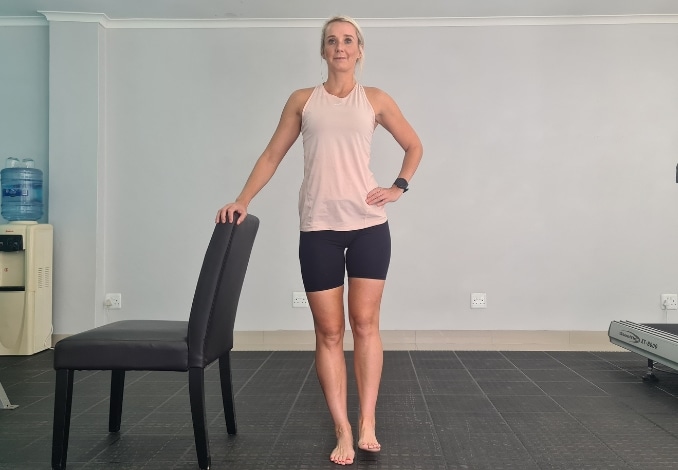 |
 |
2. Squat with Chair
Begin in an upright standing position with your feet wider than shoulder-width apart, maintaining good alignment with your head, shoulders, hips, and legs. Hold on to the back of the chair for support and tighten your abdominal muscles. Bend your knees and hinge through your hips to lower your seat into a squat position, keeping your knees behind your toes. Raise back up to an upright standing position, squeezing your glutes at the top position. Repeat the movement. Complete 10 repetitions.
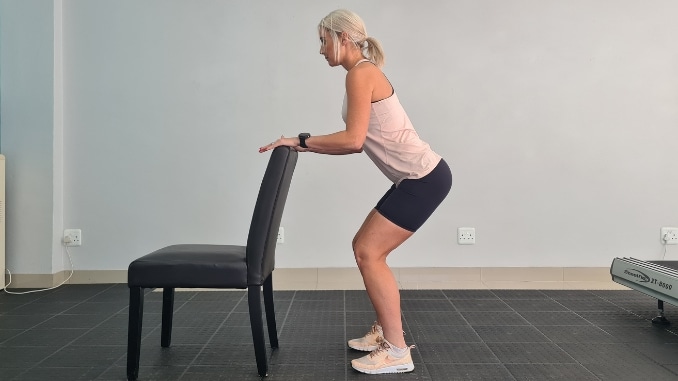
3. Deadlift with Chair
Begin in an upright standing position with your feet shoulder-width apart, maintaining good alignment with your head, shoulders, hips, and legs. Hold onto the back of the chair for support and engage your core. Shift your weight to one leg and slightly bend your supporting knee. Hinge through your hips to bend your upper body forward until it is parallel to the floor while extending your opposite leg back. Relax, return to the starting position, and repeat the movement on the opposite side. Start with 1 set of 10 repetitions on each side.
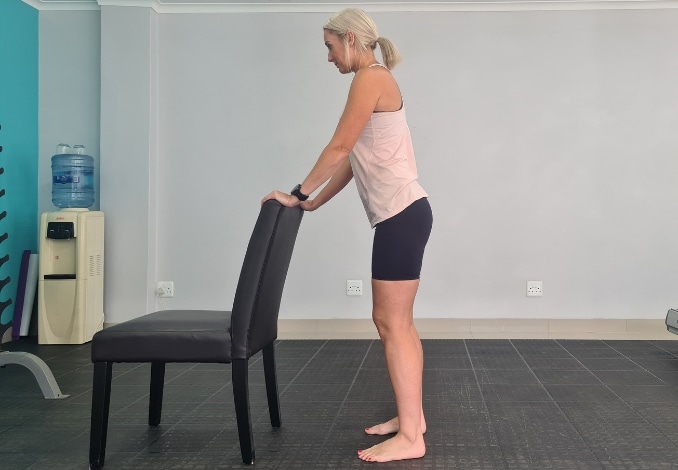 |
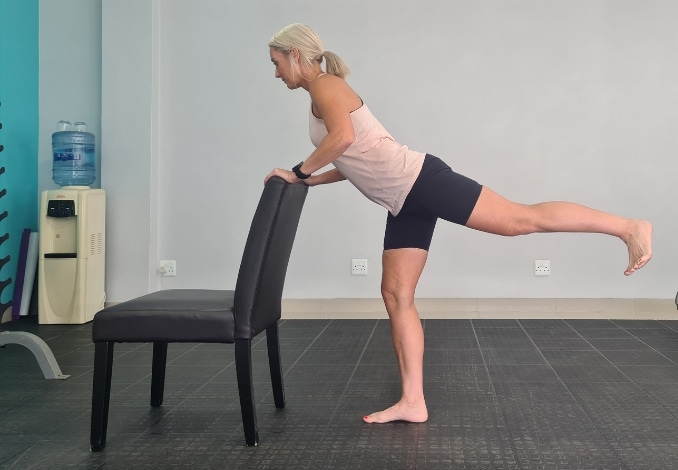 |
4. Knee Drive
Begin in an upright position with your feet shoulder-width apart, maintaining good alignment with your head, shoulders, hips, and legs. Hold on to the back of the chair with one hand for support and balance. Bend your arms at your side. Engage your core. Take a big step back with one leg, then drive the same knee up towards your chest as you counter the movement with your opposite elbow. Return to the starting position and repeat the movement. Start with 1 set of 10 repetitions on each side.
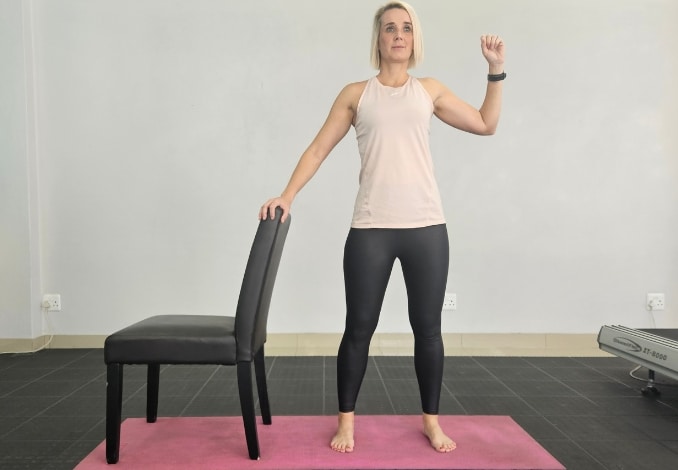 |
 |
5. Seated Quad Stretch
Begin in an upright sitting position on the front of your chair with your feet flat on the floor. Maintain good alignment with your head, shoulders, and hips. Turn your body so that you are sitting on the front of the chair with only one-half of your seat. Place one hand on the back of the chair for support. Engage your core, bring your heel up against your seat, and hold your foot with your hand. Hold this position for several deep belly breaths, in through your nose and out through your mouth. Return to the starting position and repeat the movement on the opposite side
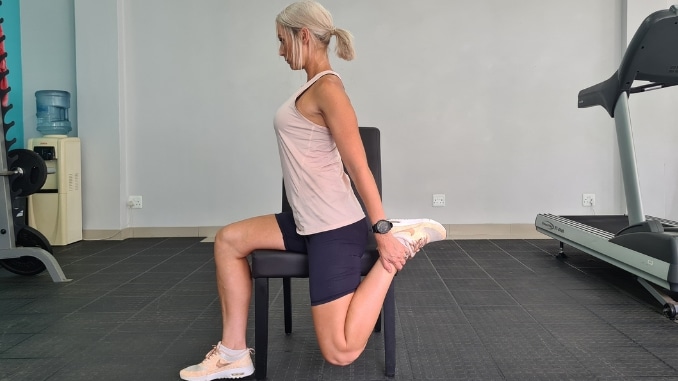
6. Seated Figure 4
Begin in an upright sitting position with your feet flat on the floor, maintaining good alignment with your head, shoulders, and hips. Cross one ankle over your opposite knee. Engage your core and hinge through your hips to bend your upper body forward. Hold this position for several deep belly breaths, in through your nose and out through your mouth. Return to the starting position and repeat the movement on the opposite side.
Extend your legs and cross your ankle over your opposite shin to make this exercise easier.
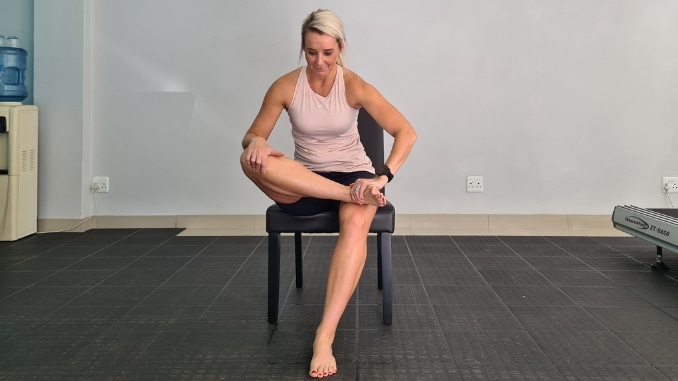
Conclusion
Reaching maximum bodyweight strength standards in your fitness journey goes beyond impressive feats of strength; it's about boosting overall health and well-being. These standards embody your dedication, perseverance, and commitment to a healthier lifestyle, offering a tangible representation of your capabilities.
Achieving these standards enhances functional fitness, making everyday movements easier while reducing injury risks. It is also a technique that fuels self-confidence and motivation, inspiring you to reach higher fitness goals and perform better in other lifts of your journey.
Moreover, these standards contribute to mental well-being by instilling a sense of accomplishment and self-belief, reducing stress, anxiety, and depression.
To sum up, striving for and attaining maximum bodyweight strength standards isn't just about appearance; it's a path to enhanced health, vitality, and a better life. It reflects dedication and resilience, showcasing the remarkable potential of the human body when nurtured through consistent, purposeful training. Embrace these standards as milestones on your journey towards achieving an improved strength level.
To find out how you can use bodyweight exercises to stay healthy, strong, and lean, check out this 7 Benefits of Bodyweight Exercises now!

